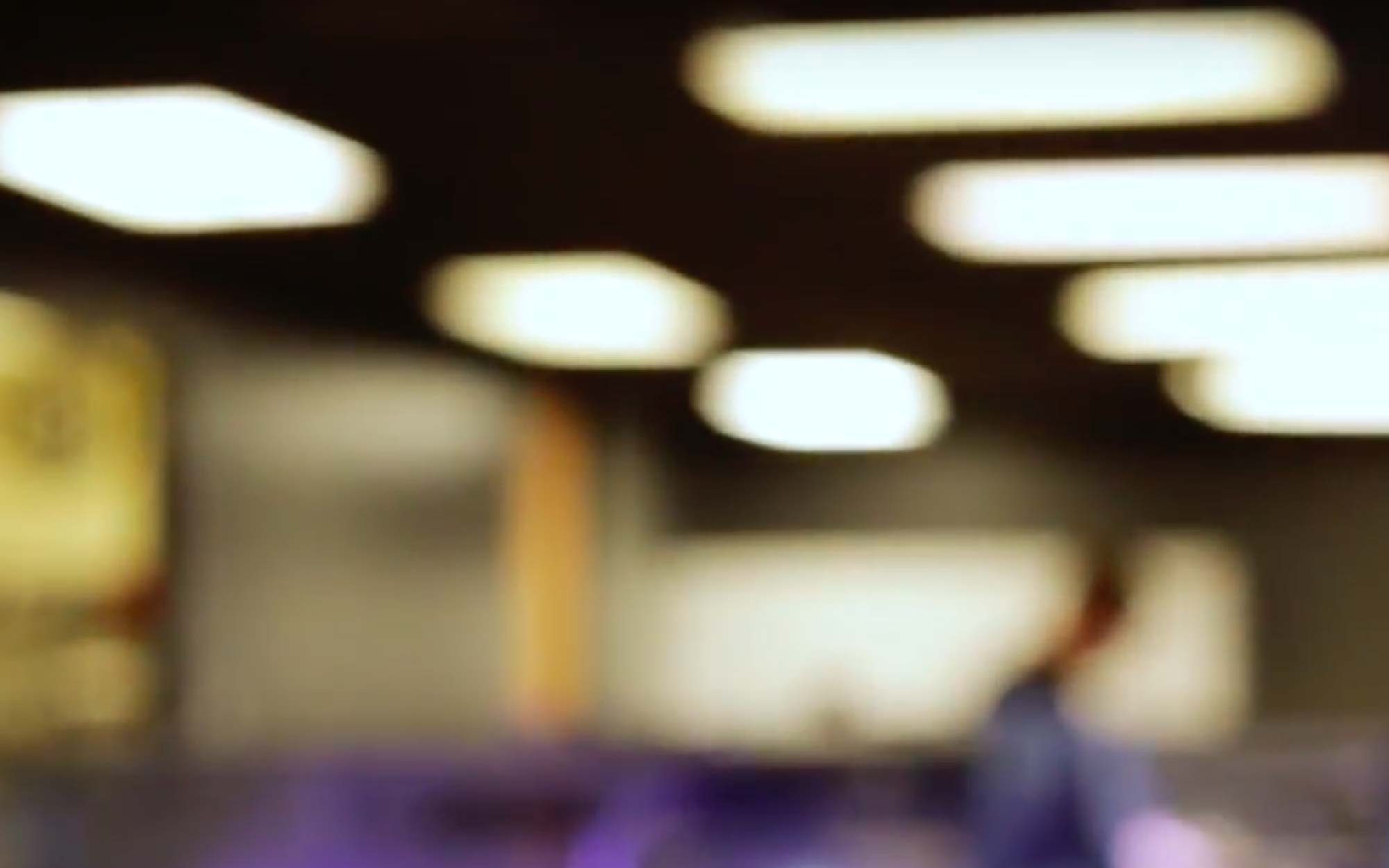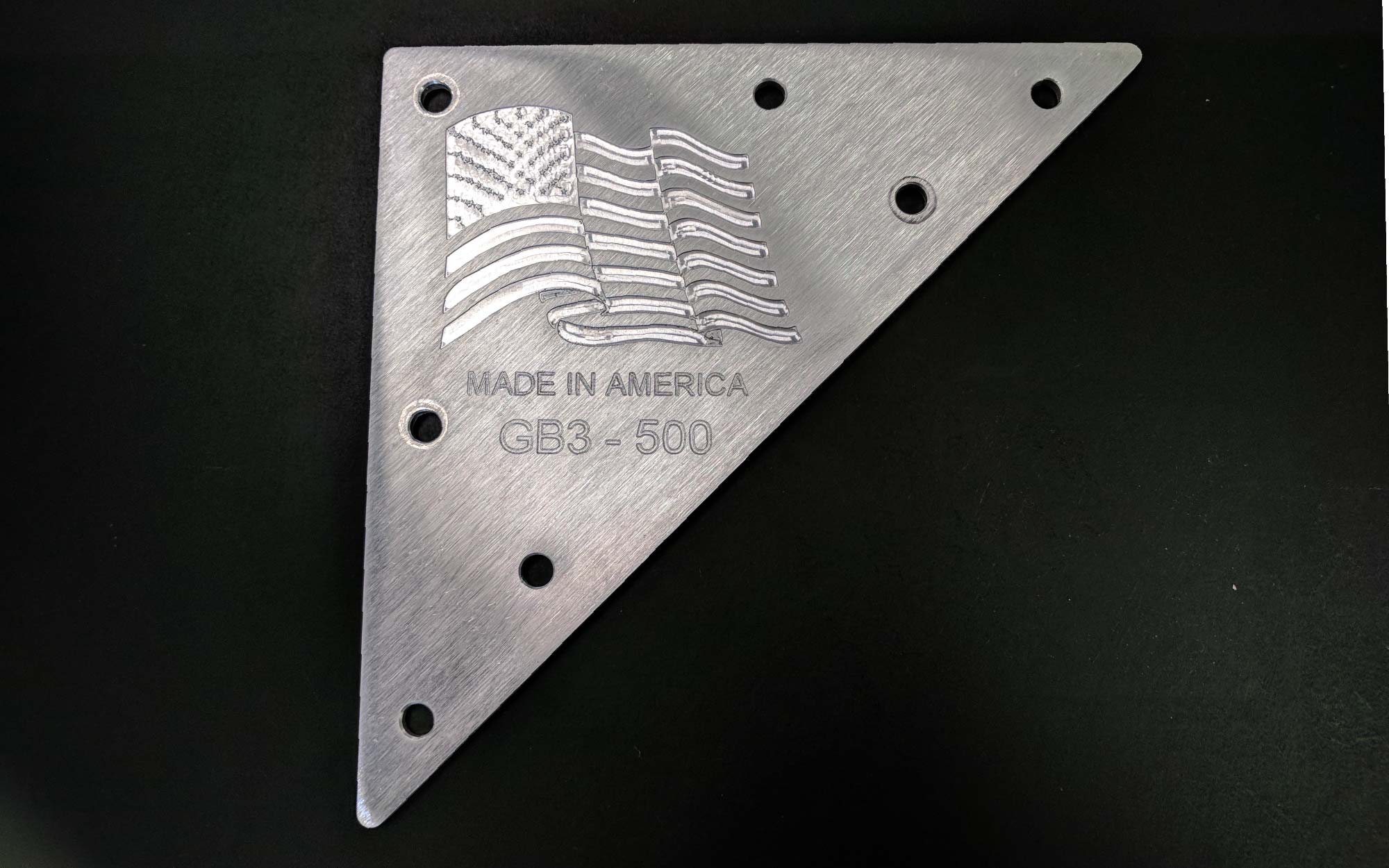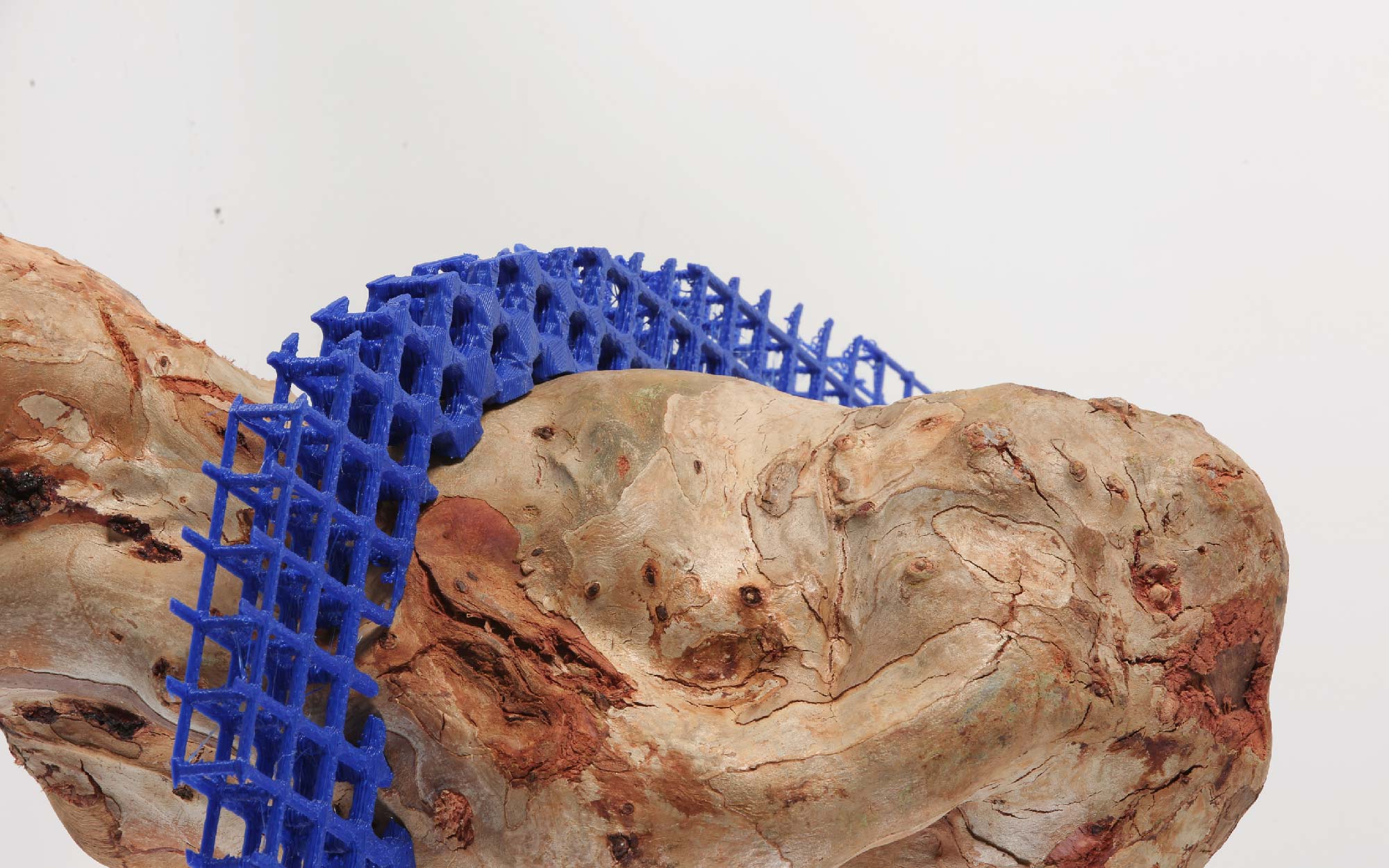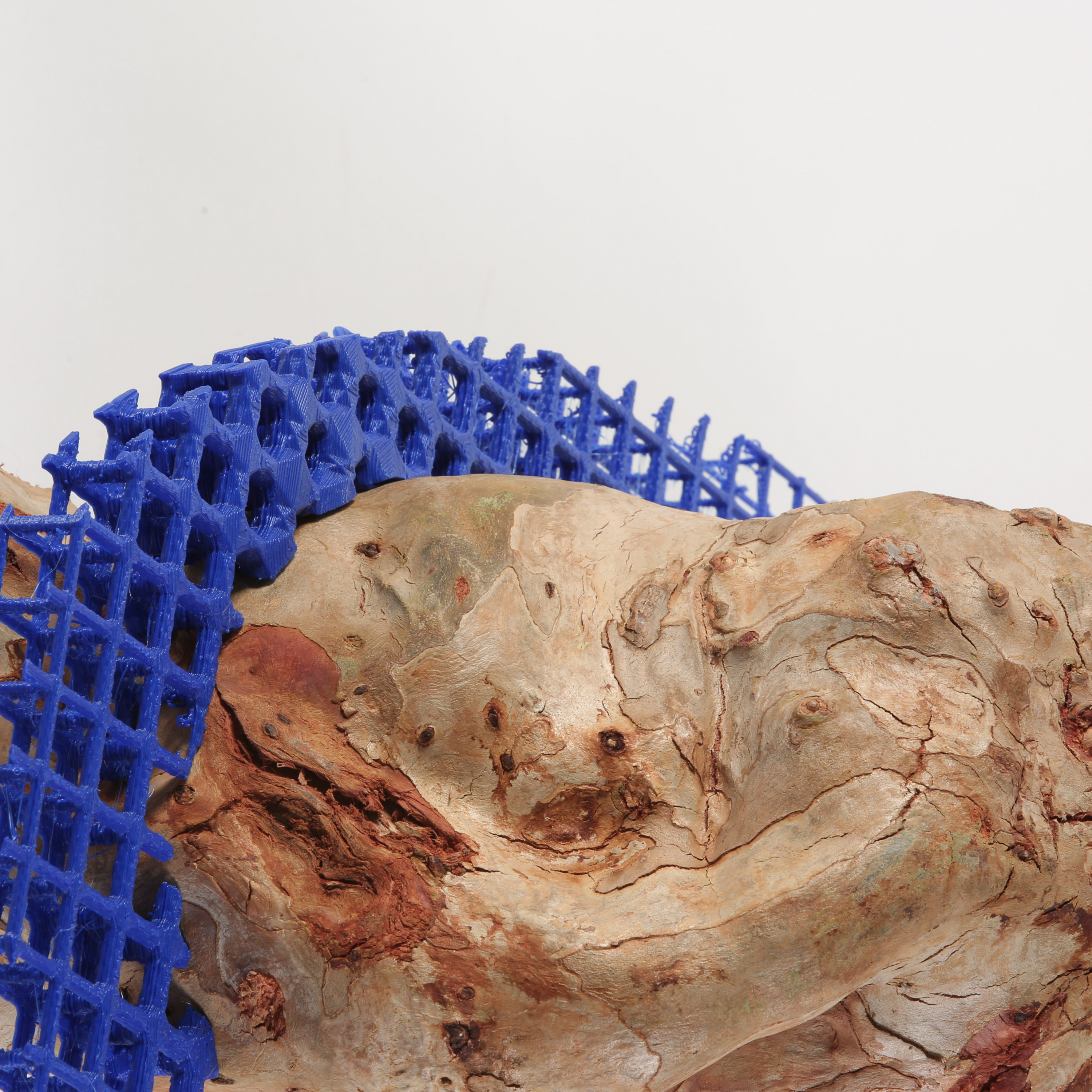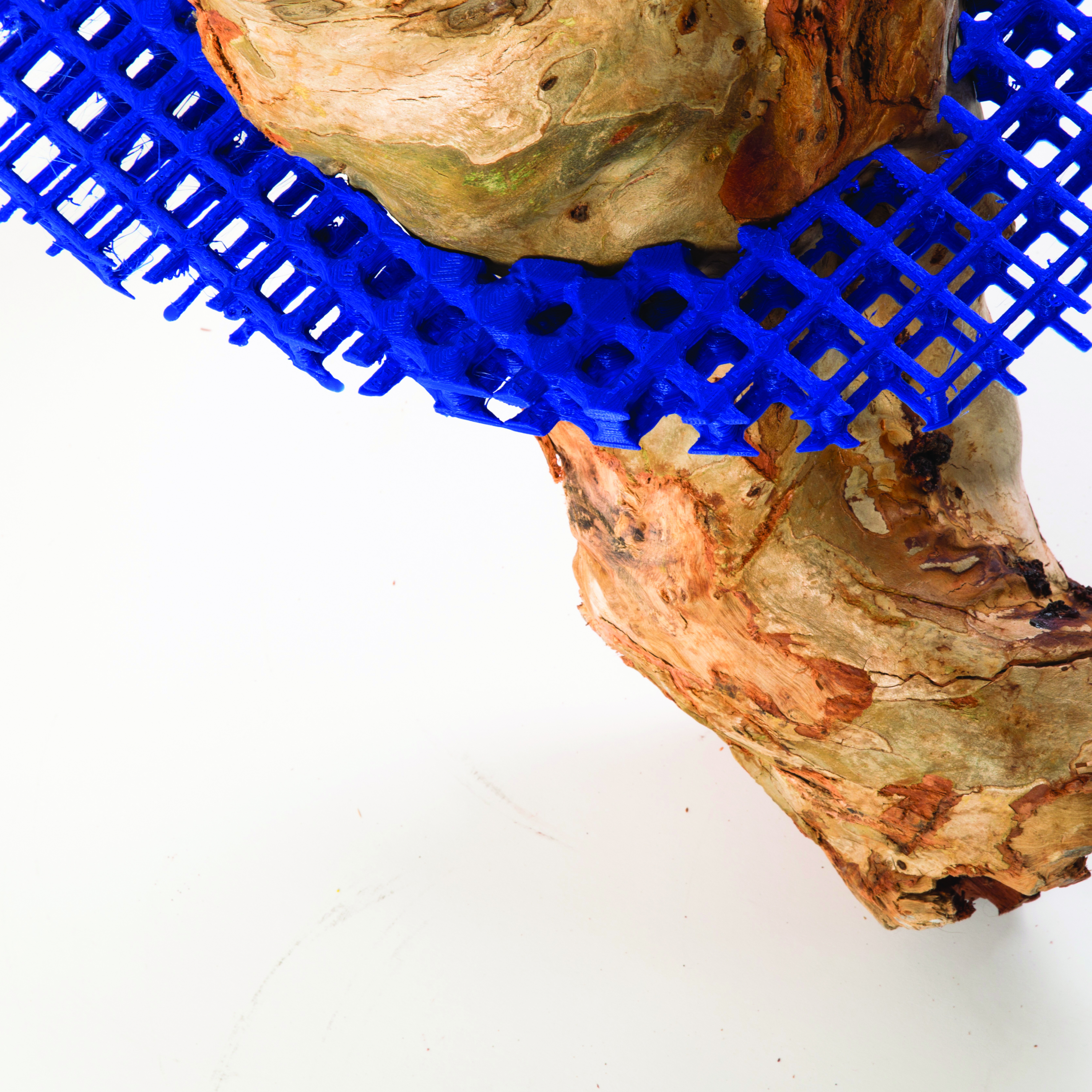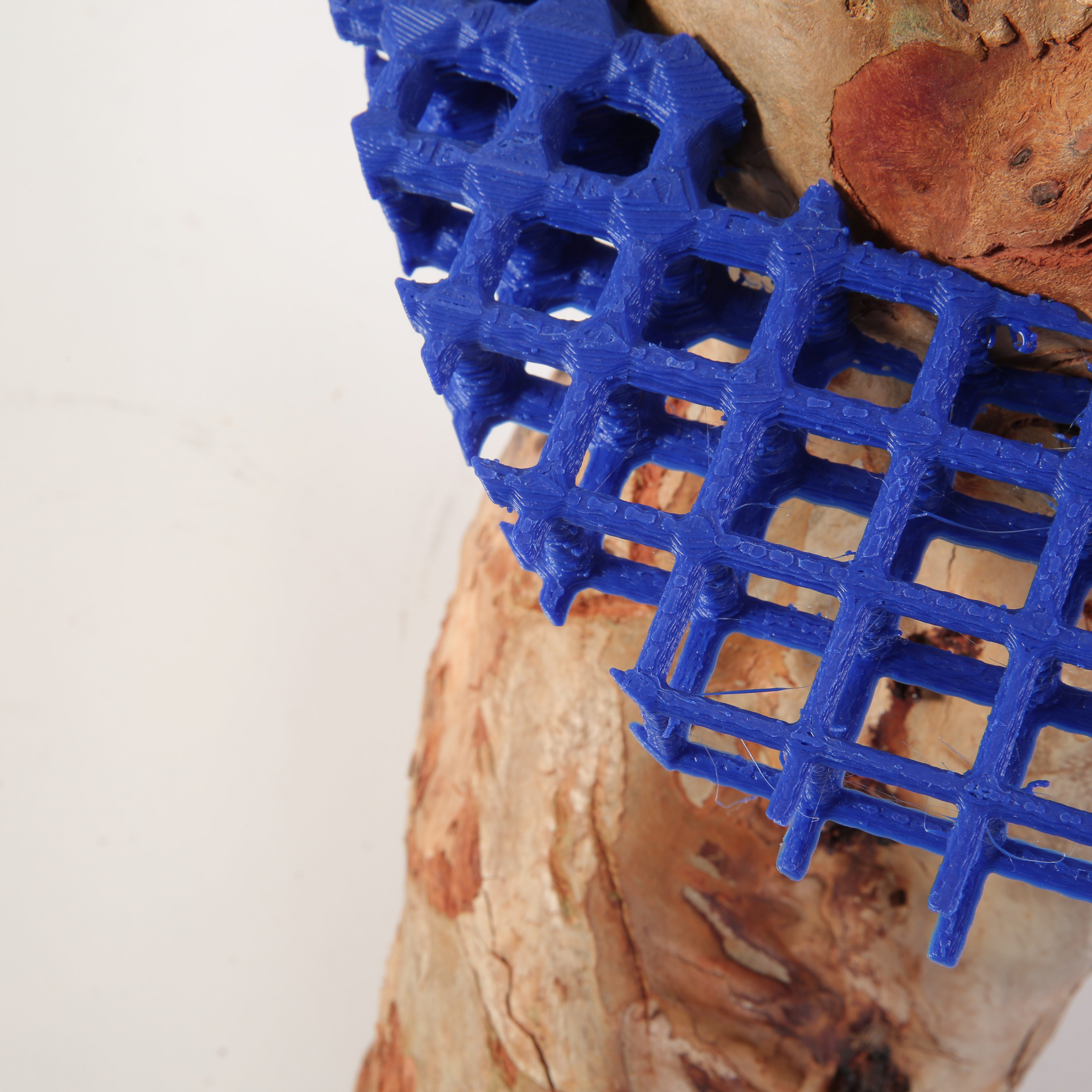As you may be aware of by now, the re:3D Houston HQ moved last year, upgrading from a humble 2,700 square feet to a much-needed 7,000. We did a post on the new space’s specs when we were first moving in, but we thought you would appreciate a check-in now that we’re about half a year in to our new home.
If you haven’t already seen it, we did a short video on the new office and what it means to our team. Give it a watch for a visual tour of the space and some of our Houston team sharing their excitement about the newfound elbow room.
The extra 4,000+ square feet are an absolute joy to our Houston team. With the extra space has come new machinery (namely the beastly Hurco CNC seen over Steve’s shoulder in the machining room), large expanses of shelving perfect for storing more Gigabot prebuilds, and dedicated space for different departments so everyone has room to spread out.
But as much as our team can’t believe how we made it work for so long in our previous, sometimes-too-cozy office, we’re grateful for that space and the lessons it taught us.
As Matthew explained, a small space can do wonders for instilling efficiency in an organization. We became a well-oiled machine and a stronger team thanks to our time there, and those lessons will follow us to any future space we find ourselves in. Not to mention we are so appreciative of everything the new space affords us.
The extra shelving allows us get more prebuilds made and ready to go, which, Tammie explains, allows us to get Gigabots out the door faster. She reckons everything’s going out smoother because of that.
Our dedicated R&D space means engineering projects move quicker and new products can hit our store faster. (A couple exciting ones are just on the horizon – stay tuned.) The on-site machining room (and huge new CNC mill) factors into this as well. R&D projects can move forward faster when the necessary parts are milled in the room just next door, and turnaround time on new iterations can be measured in minutes instead of days or weeks.
And at the front of it all, a space to showcase what’s most important to us: the different ways in which others are using Gigabot.
The showroom, as we’re calling it, will be the home to a variety of projects enabled by Gigabot, generously provided to us by Gigabot owners from around the world. Our intent is to open the space to the public so people can see what large scale 3D printing allows different organizations to do, and also to educate. We are working on building a dedicated teaching & training space into one section of the showroom, specifically for the public and for customers.
We’re incredibly thankful to be where we are today, and we will always remember where we came from and will be forever grateful for the lessons we learned there. We hope to see some of you at the new space!
Morgan Hamel
Blog Post Author
